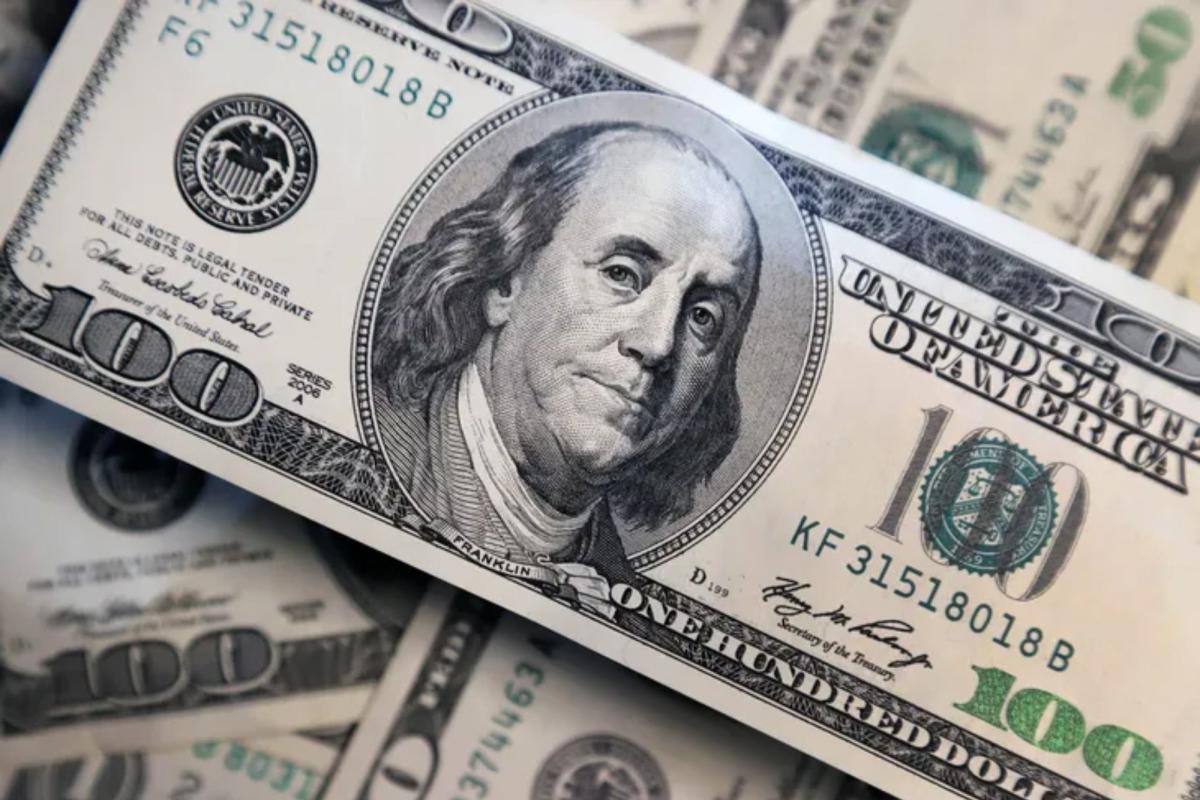Introduction To Dollar to PKR
The exchange rate between the U.S. dollar (USD) and the Pakistani rupee (PKR) has long been a critical barometer of Pakistan’s economic health. The dollar to PKR conversion rate affects various sectors, including trade, investment, and the overall cost of living. Additionally, the pound to PKR exchange rate plays a significant role, especially for those dealing with remittances or businesses in the United Kingdom. In this article, we will explore the factors that influence the dollar to PKR rate, compare it with the pound to PKR rate, and discuss their impacts on the Pakistani economy.
Historical Context of Dollar to PKR Exchange Rate
The dollar to PKR exchange rate has fluctuated dramatically over the years. In the 1980s, one U.S. dollar was equivalent to roughly 10 Pakistani rupees. However, due to various economic challenges such as inflation, political instability, and a growing trade deficit, the rupee has depreciated significantly over time.
In recent years, the exchange rate has been particularly volatile due to factors such as:
- Macroeconomic imbalances: Pakistan’s large fiscal deficits and current account deficits have put pressure on the exchange rate.
- Monetary policy adjustments: The State Bank of Pakistan (SBP) has at times intervened in the foreign exchange market to stabilize the rupee, but it has also let the currency float to meet IMF demands.
- External debt repayments: The need to repay foreign debts in dollars puts further pressure on Pakistan’s foreign exchange reserves, causing the rupee to weaken.
Recent Trends in Dollar to PKR
As of late 2024, the dollar to PKR exchange rate hovers around PKR 280-300 per dollar. This sharp depreciation has had significant implications for inflation and the cost of imports, which include essential commodities like oil, machinery, and food items. The rising value of the dollar against the rupee increases the cost of imported goods, further fueling inflation.
Factors Influencing Dollar to PKR Exchange Rate
Several factors contribute to the fluctuations in the dollar to PKR exchange rate. Understanding these can help predict trends and assess the stability of the Pakistani rupee.
1. Supply and Demand of Foreign Exchange
The exchange rate between any two currencies, including the dollar and the rupee, is determined by supply and demand. If the demand for dollars in Pakistan increases—due to higher imports or foreign debt repayments—the value of the dollar rises relative to the rupee. Conversely, if exports increase or remittances flow in, the supply of dollars in the economy rises, leading to a potential appreciation of the rupee.
2. Foreign Exchange Reserves
Pakistan’s foreign exchange reserves, which are primarily held in dollars, play a crucial role in stabilizing the currency. Higher reserves give the central bank more ammunition to intervene in the forex market to defend the rupee. Conversely, dwindling reserves can exacerbate currency depreciation. Pakistan has struggled with low reserves in recent years, which has added to the rupee’s volatility.
3. Inflation
High inflation erodes the purchasing power of a currency, leading to depreciation. Pakistan’s inflation rate has been consistently high, driven by rising energy prices, food costs, and global supply chain disruptions. The result has been a persistent weakening of the rupee against the dollar.
4. Interest Rates
Higher interest rates in the U.S. make dollar-denominated assets more attractive to investors, leading to a stronger dollar. When the U.S. Federal Reserve raises interest rates, capital tends to flow out of emerging markets like Pakistan, putting further pressure on their currencies. The State Bank of Pakistan has also raised interest rates to curb inflation, but the impact on stabilizing the rupee has been limited.
5. Political Stability
Political uncertainty, especially around elections or changes in government policy, can lead to speculation in the currency markets. Investors may pull their money out of the country or delay investments until the political landscape becomes more predictable, causing the rupee to weaken.
Impact of Dollar to PKR Exchange Rate on the Economy
The dollar to PKR exchange rate has a far-reaching impact on various aspects of the Pakistani economy, affecting everyone from businesses to consumers.
1. Imports and Exports
A weaker rupee makes imports more expensive, as businesses have to pay more in rupees for the same quantity of goods priced in dollars. This increases the cost of production for industries reliant on imported raw materials or machinery, leading to higher prices for consumers. On the flip side, a weaker rupee can make Pakistani exports cheaper and more competitive in global markets, potentially boosting export revenues.
2. Inflation
The depreciation of the rupee fuels inflation by increasing the cost of imported goods. Pakistan, being a net importer of essential commodities like oil and food items, experiences a direct impact on inflation when the rupee weakens. This erodes the purchasing power of ordinary citizens, leading to a higher cost of living.
3. Debt Servicing
Much of Pakistan’s external debt is denominated in dollars. As the rupee depreciates, the cost of servicing this debt increases, putting further strain on the national budget. This can lead to higher taxes or cuts in government spending on essential services, impacting the overall economy.
4. Foreign Direct Investment (FDI)
A stable exchange rate is crucial for attracting foreign direct investment. When investors are unsure about the future value of their returns due to currency fluctuations, they may hesitate to invest in the country. Pakistan’s volatile exchange rate has, at times, deterred foreign investors, further exacerbating the economic challenges.
Pound to PKR Exchange Rate: Another Key Dynamic
In addition to the dollar, the exchange rate between the British pound (GBP) and the Pakistani rupee is also crucial, especially for the large Pakistani diaspora in the United Kingdom. The pound to PKR exchange rate affects remittances, trade, and investment between the two countries.
Historical Trends in Pound to PKR
The pound to PKR exchange rate has also experienced significant fluctuations, though it tends to be less volatile than the dollar to PKR rate. Historically, one British pound has been worth significantly more than both the dollar and the rupee. In recent years, the pound to PKR rate has hovered around PKR 380-400 per pound, though it has seen periods of rapid appreciation and depreciation.
Factors Influencing Pound to PKR Exchange Rate
The factors that influence the pound to PKR exchange rate are similar to those affecting the dollar to PKR exchange rate, with a few additional considerations:
- Brexit and U.K. Economic Policies: Political and economic developments in the U.K., such as Brexit, have had a direct impact on the value of the pound. These developments can lead to rapid shifts in the pound to PKR exchange rate.
- Remittances: A large portion of remittances to Pakistan comes from the U.K. As the value of the pound rises against the rupee, Pakistanis receiving money from relatives in the U.K. benefit from the exchange rate, as they receive more rupees for the same amount of pounds.
Conclusion
Both the dollar to PKR and pound to PKR exchange rates are crucial indicators of Pakistan’s economic stability and health. While many of the factors driving these exchange rates—such as inflation, foreign exchange reserves, and political stability—are within the control of policymakers, global economic trends also play a significant role. Understanding the dynamics of these exchange rates can help businesses, investors, and consumers make informed decisions about their financial future in an ever-changing economic landscape.
Post Excerpt:
The dollar to PKR and pound to PKR exchange rates significantly influence Pakistan’s economy, affecting imports, exports, inflation, and remittances. A stable currency is vital for fostering trade, investment, and economic growth.
Related Posts

Boost Your Website’s Authority with a Free DA PA Checker
In today’s digital landscape, domain authority (DA) and page authority…

The Role of Fiber Optics in Modern Communication: Why Repair Matters
Fiber optic technology is responsible for transmitting data at speeds…

How the Apple iPhone 11 Compares to Newer Models
The Apple iPhone 11 was one of the most significant…

